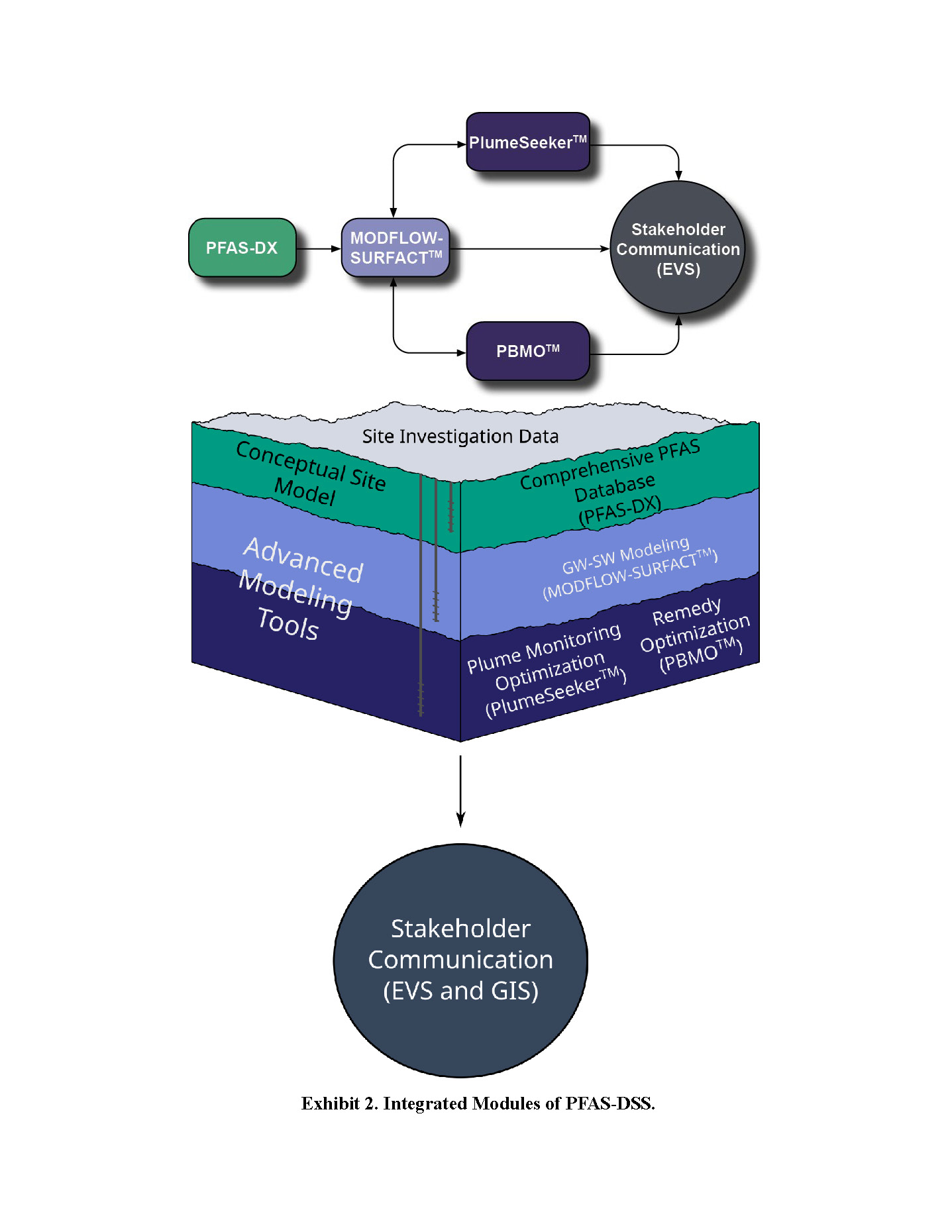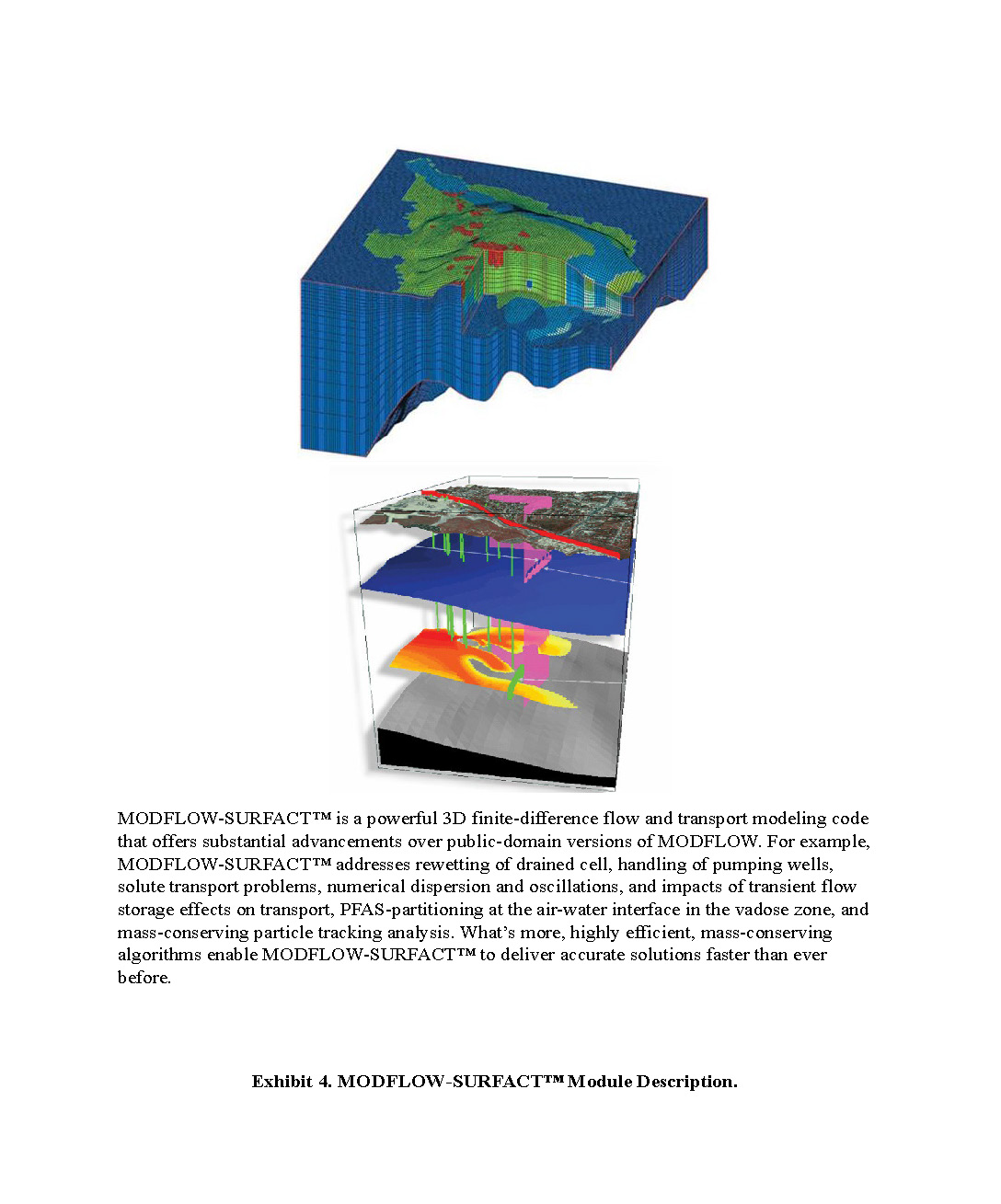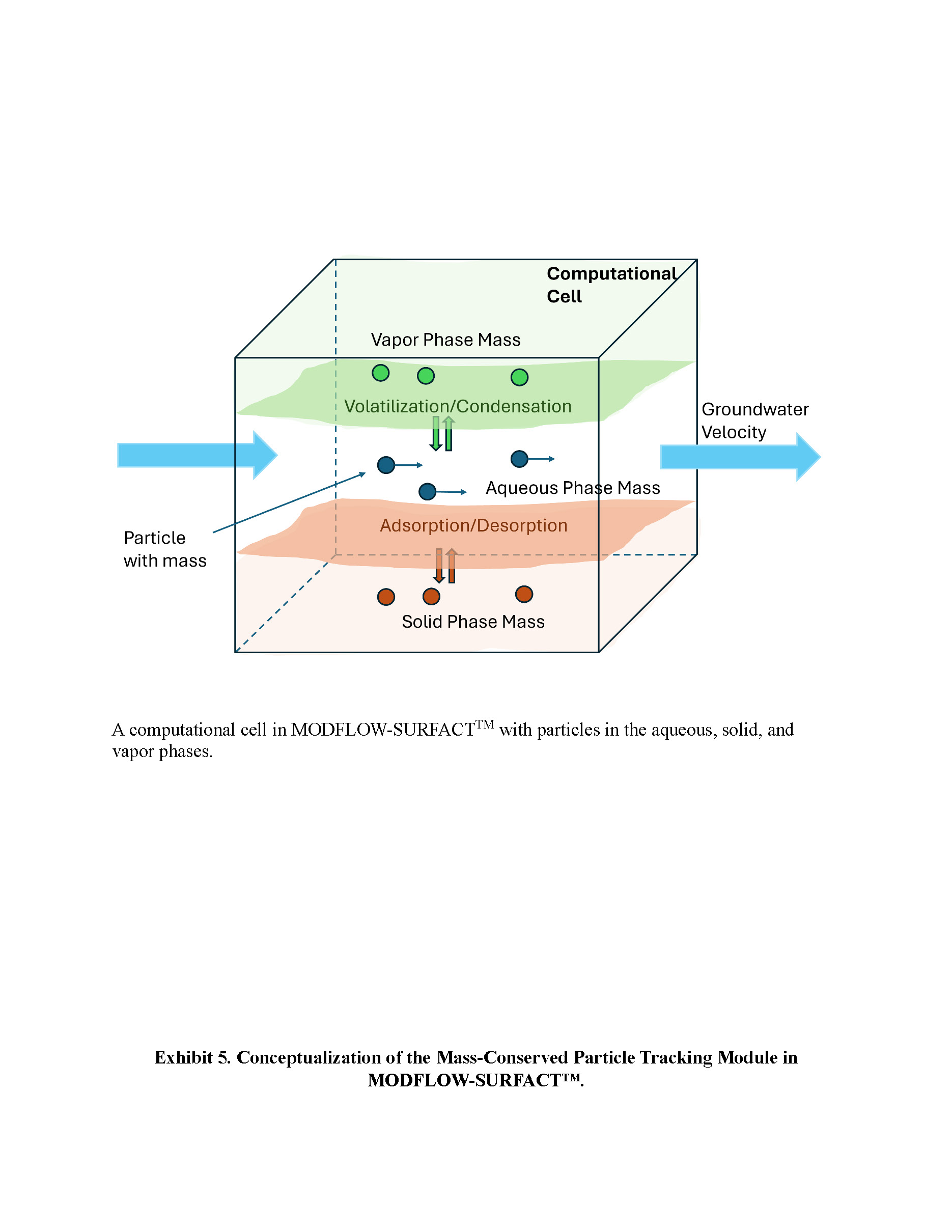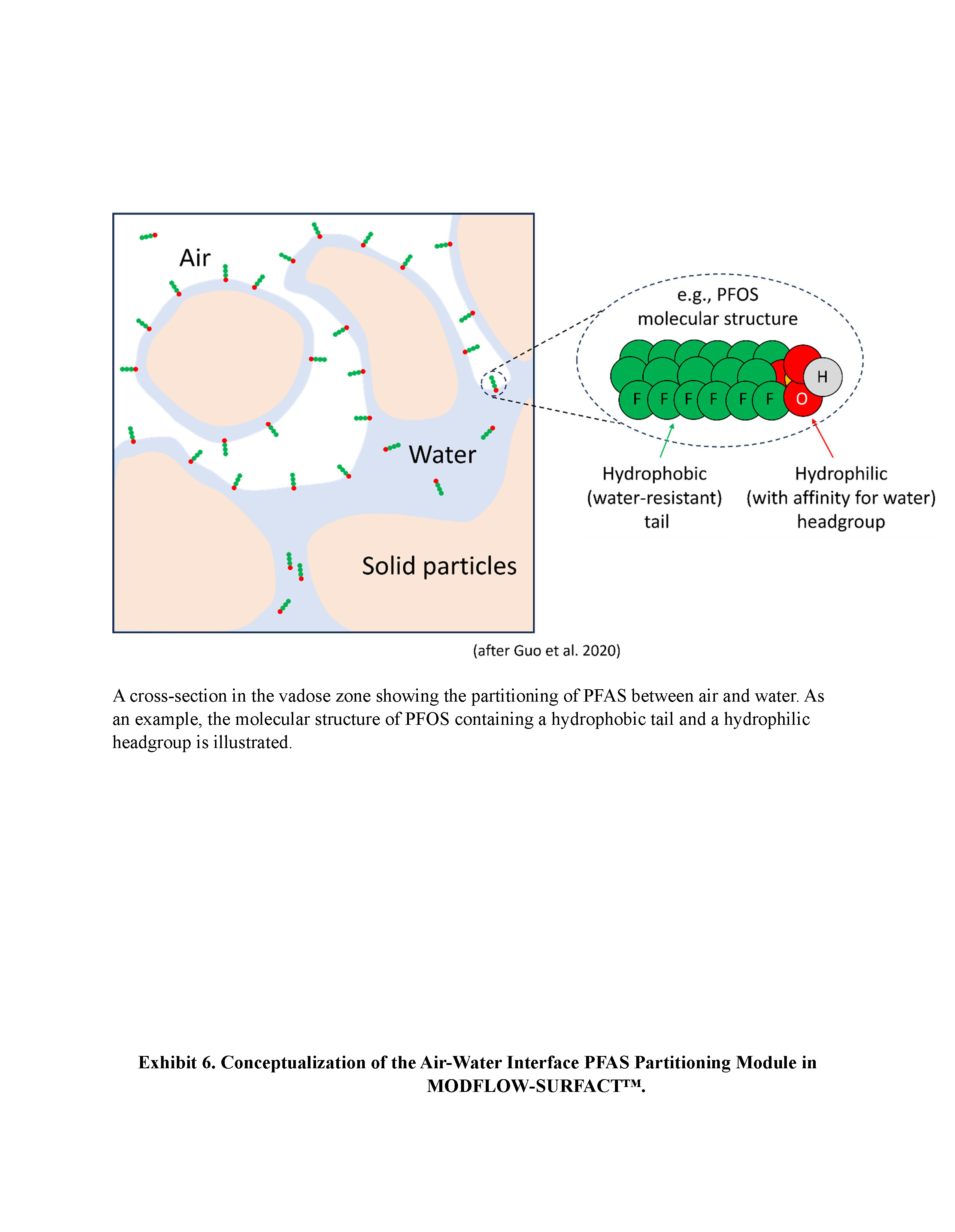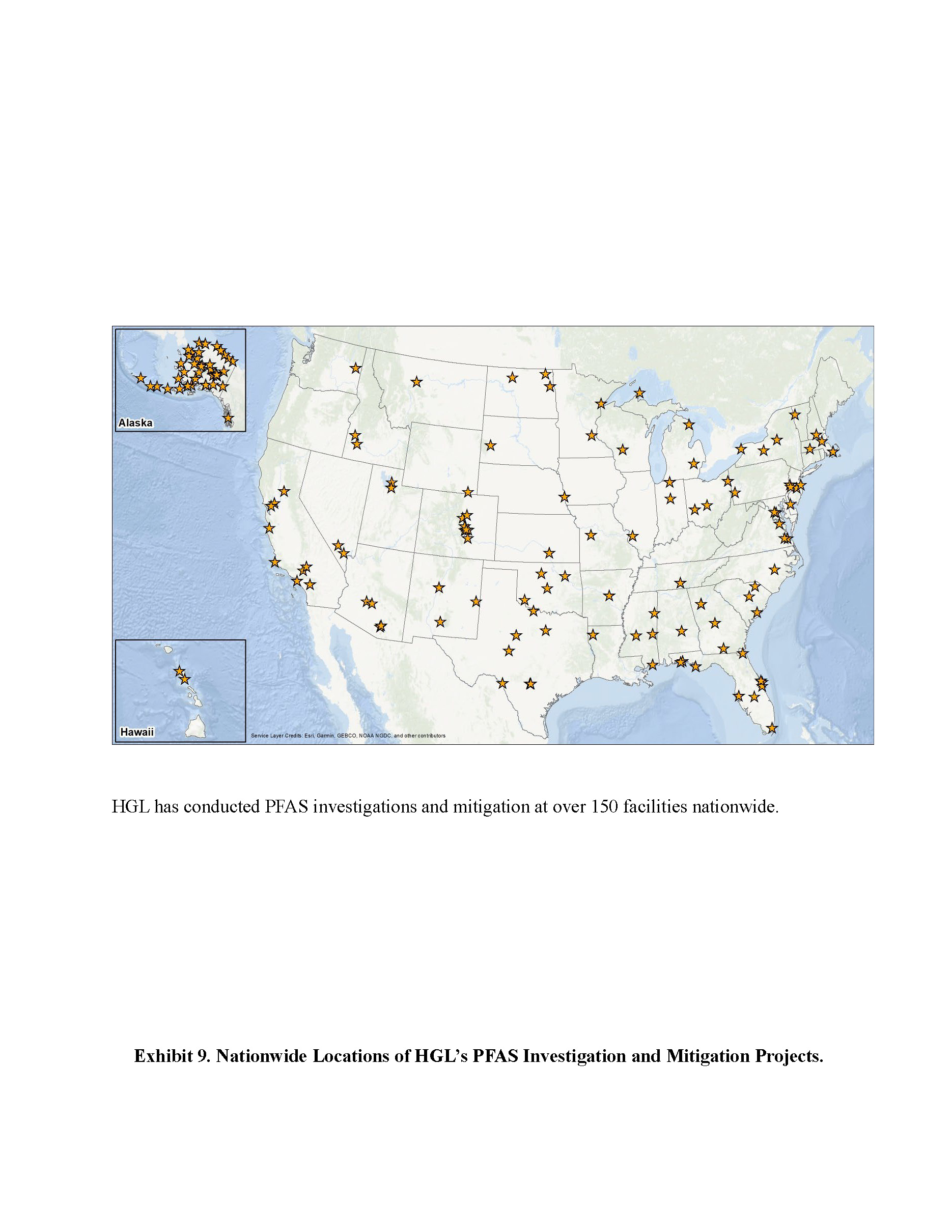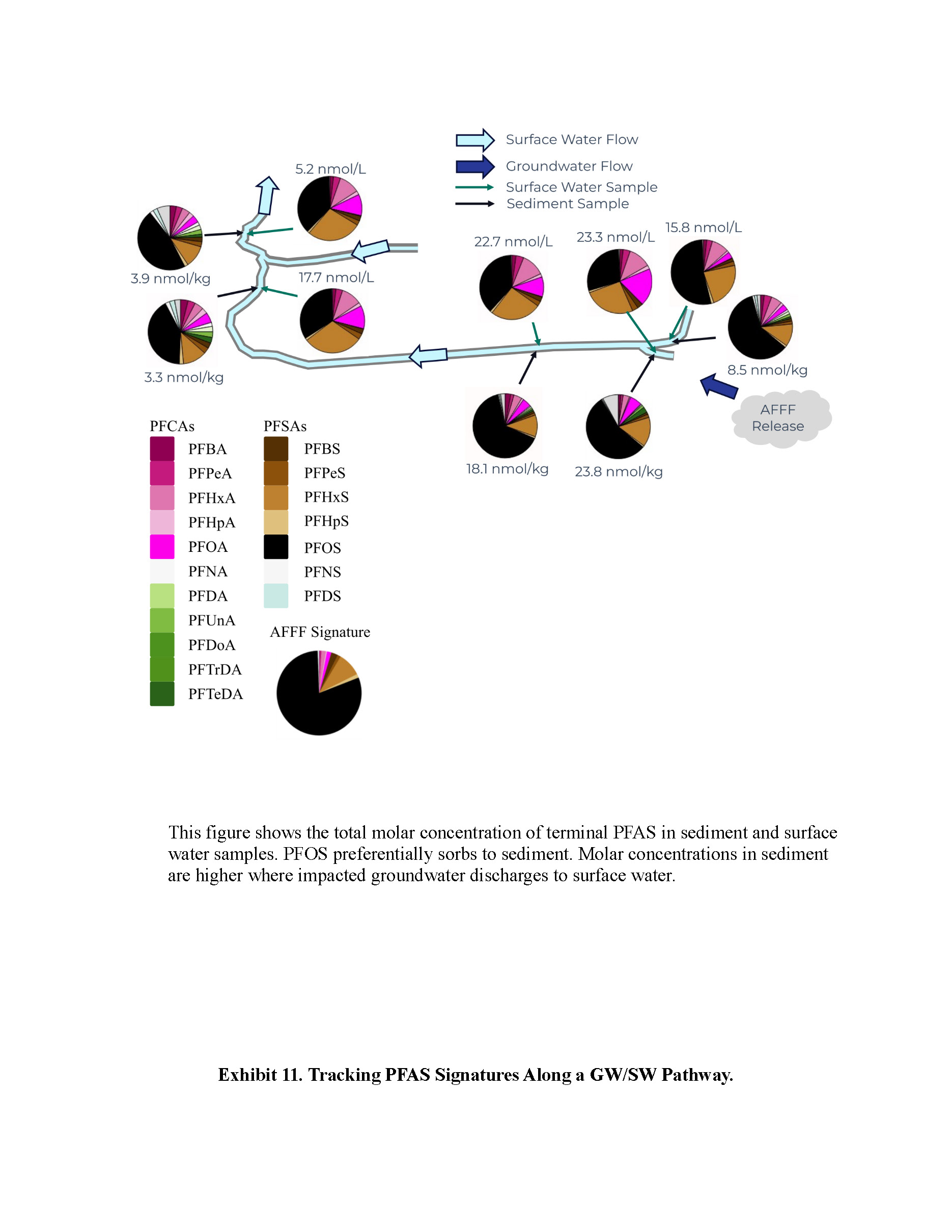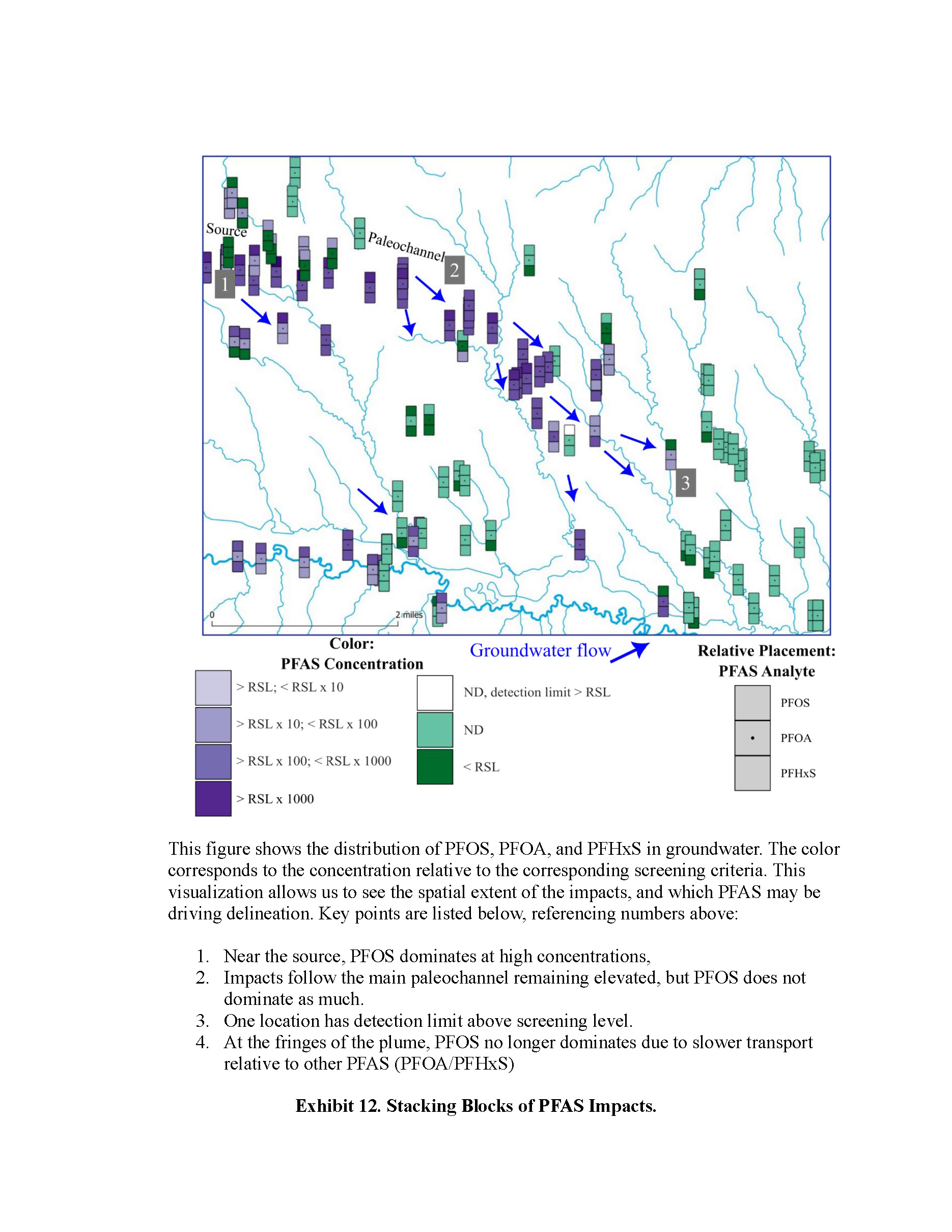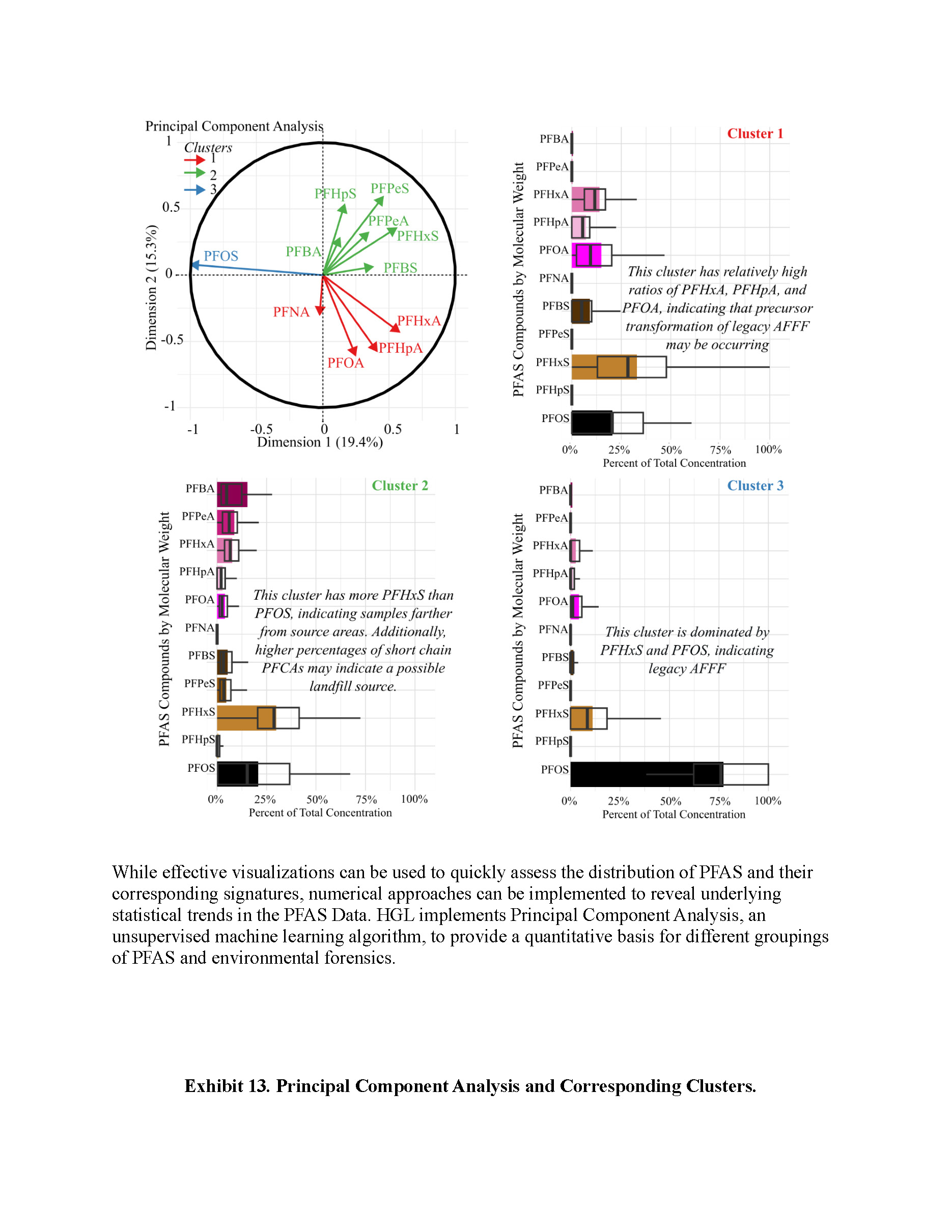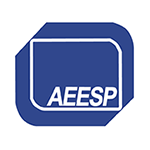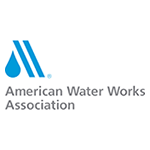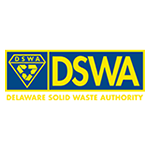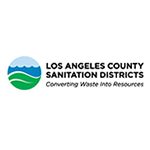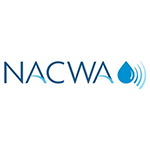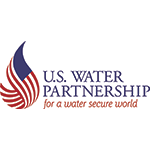- Home
- Contact Us
- AAEES Staff
- AAEES Board of Trustees
- American Academy of Environmental Engineers Certification Board
- American Academy of Environmental Scientists Certification Board
- AAEES Committees
- State and Regional Representatives
- Representatives to Other Organizations
- Previous Leadership
- Interactive Who's Who
- Student Chapters
- Tau Chi Alpha
- News & Events
- Awards
- AAEES Awards Criteria
- 40 Under 40 Recognition Program
- Edward J.Cleary Award
- Excellence in Environmental Engineering and Science Education
- Gordon Maskew Fair Award
- Honorary Member
- International Honorary Member
- Ralph and Joe Bales Graber Science Award
- Stanley E. Kappe Award
- Environmental Communications Awards Competition
- Excellence in Environmental Engineering and Science Competition
- The AAEES Chapter Blue Marble Award
- Resources
- Membership
- Donate
- Jobs
2024 Excellence in Environmental Engineering and Science® Awards Competition Winner
Honor Award - ResearchPFAS - Decision Support SystemEntrant: HydroGeoLogic, Inc. Entrant Profile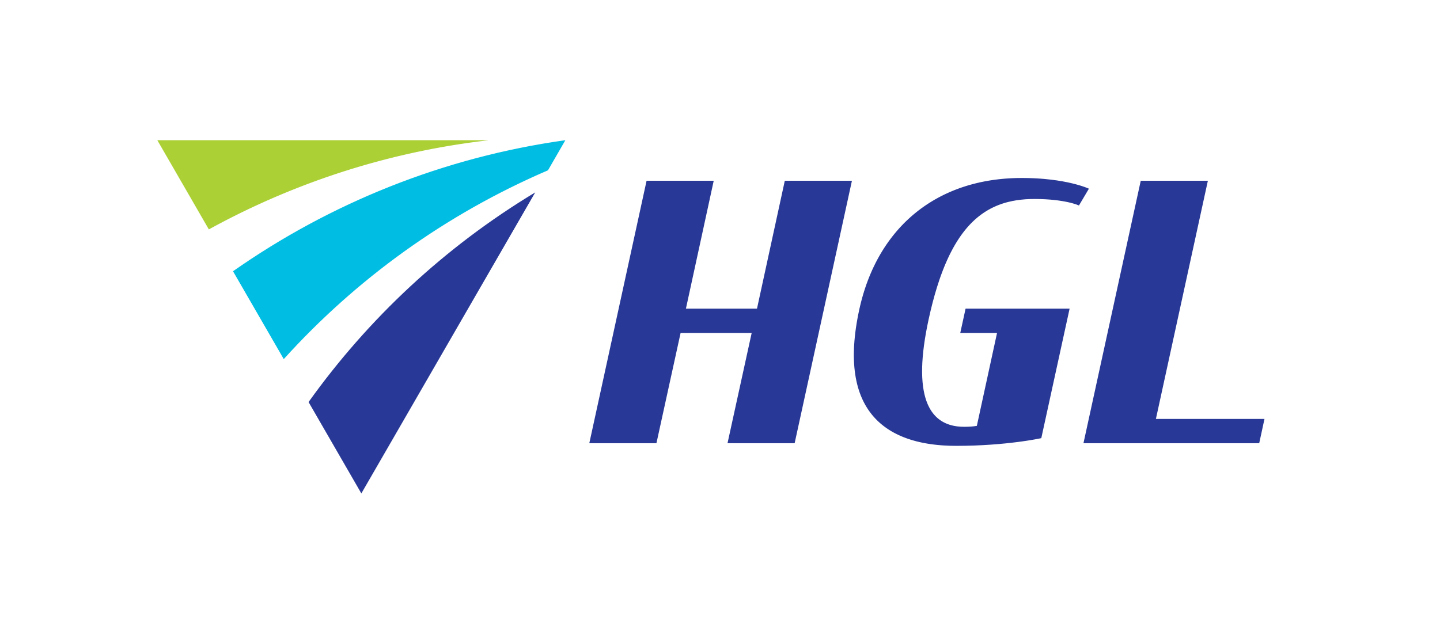 HydroGeoLogic, Inc. (HGL) is a prominent independent, employee-owned environmental engineering and water resources services firm. Established in 1987, HGL has ~600 employees and has earned a spot in Engineering News-Record’s top 200 environmental firms rankings since 2001. HGL has extensive experience providing hazardous waste site characterization, remedy design, construction, operation and maintenance, optimization, water resources assessment, and mine reclamation. HGL’s President, Dr. Peter Huyakorn, is a widely recognized expert in environmental modeling. HGL conducts research and development (R&D) and has created cutting-edge software (MODFLOW-SURFACT™ and MODHMS®) for integrated groundwater-surface water modeling. The software has been licensed for use in over 50 countries. AAEES awarded HGL Grand Prizes in the Research and Small Projects categories of the Excellence in Environmental Engineering and Science™ Awards Competition in 2017 and the Superior Achievement award in 2022. Recently, HGL has developed its PFAS-Decision Support System (PFAS-DSS), which integrates a database of PFAS compound-specific properties and data analytics with conceptual and numerical modeling and optimization technologies to provide decision support throughout the investigation through restoration process. Data visualization is employed to facilitate understanding of the complex challenges associated with PFAS contamination throughout the process. PFAS-DSS uses a modular framework to address issues posed by PFAS contamination within environmental media. PFAS-DSS builds upon the understanding gained and tools/technologies developed over the last decades to address legacy contamination, and it supports efficient and cost-effective restoration of impacted water resources and the protection of unimpacted water resources, which improves public health and supports social and economic development nationwide. Project DescriptionIntroduction:Per- and poly-fluoroalkyl substances (PFAS) are toxic and persistent compounds receiving the most attention in today’s environmental market. Due to widespread usage in industries and government facilities, PFAS are prevalent and have impacted ~45% of drinking water resources nationwide. PFAS pose serious threats to the quality of drinking water, andtheir unique properties pose substantial challenges to remediation practitioners (see Exhibit 1: Attached Article –Editor’s Perspective). Recognizing the need for a tool to help clients better characterize the source, nature, and extent of PFAS contamination and identify the best mitigation strategies for restoring/protecting drinking water resources, HGL hasresearched/developed the PFAS-Decision Support System (PFAS-DSS) (see Exhibit 2). An innovative first-of-its-kind technology, PFAS-DSS utilizes state-of-the-art technology to handle complexities related to characterizing and mitigating PFAS at sites. PFAS-DSS can be readily customized for future compliance with the 1974 Safe Drinking Water Act (SDWA). PFAS-DSS Framework:PFAS-DSS integrates a database of PFAS-compound-specific properties and data analytics with modeling and computational optimization technologies to provide decision support for the investigation through the restorationprocess. Data visualization is used to facilitate understanding of the complex challenges associated with PFAS contamination and mitigation. PFAS-DSS is modular, allowing flexibility to incorporate the latest developments in understanding/treating PFAS and the newest regulations pertaining to cleanup levels. PFAS-DSS Modular Components and Functionalities:PFAS-DX (Exhibit 3) compiles the properties of PFAS compounds into one database. PFAS-DX serves as the foundation for all facets of our approach to PFAS projects to ensure a consistent, well-informed, and effective strategy.PFAS-DX was designed to facilitate environmental forensic analysis by addressing the complexities of PFAS chemistry. HGL’s MODFLOW-SURFACT™ modeling code (Exhibits 4-6) can simulate subsurface flow and transport withchemical reactions, including retention of PFAS in the vadose zone at the air-water interface, which has critical implications for risk management and remediation strategies. To facilitate rapid evaluation of PFAS transport, the code has a mass-conserved particle tracking module. Dual-domain transport, which describes the mass transfer between the mobile-immobile domains, is used. PlumeSeeker™ (Exhibit 7) is used for identifying the optimal number and locations of monitoring wells needed to delineate contaminant plumes at the lowest cost and with maximum confidence. This module integrates geostatistical and stochastic analyseswith modeling. For sites with existing using a Kalman filter. At PFAS sites, the source characteristics and the groundwater (GW)/ surface water (SW) interactions are typically not well-known. Using site measurements, the module can identify such data gaps that requireadditional site characterization to improve the conceptual site model (CSM). PBMO™ (Exhibit 8) is HGL’s integrated tool for optimization linking modeling with global management optimization. The tool has been customized for evaluating remediation alternatives and developing optimal designs for various remedies including pump-and-treat (P&T), in situ treatment, and hydraulic containment. For PFAS sites, PBMO™ candesign/optimize P&T systems and in situ treatment via PFAS sorption to injected nano-carbon, two of the best available technologies for mitigating PFAS impacts. Data visualization supports evaluation of collected PFAS data, understanding of PFAS nature and extent, and evaluation of predicted versus observed response to mitigation measures. PFAS-DSS uses a variety of charts, consistent color schemes, and commercially available Earth Volumetric Studio (EVS) to produce advanced 3-D visualizations/animations Site Application Examples (Exhibits 9 to 17):Much of HGL’s nationwide PFAS work is within the remedial investigation phase and uses the PFAS-DX module, site CSM, and data visualization components to determine the nature and extent of PFAS. Through the use of 3-D plume modeling and 3-D visualization in EVS, PFAS ratios, and the differential PFAS migration from PFAS-DX, a short-circuit was identified at a federal site where GW discharged to SW, migrated rapidly downgradient, and then infiltrated back into the GW system. This allowed for more efficient planning of GW/SW sampling at the site. PFAS-DX was applied at another DOD site to identify PFAS precursor transformation and conceptualize/visualize GW and SW migration pathways. Linking PFAS-DX with the CSM and GW and SW sampling results demonstrated that terminal PFAS were not being generated along suspected migration pathways. MODFLOW-SURFACT™, CSM, and data visualization components have been used to plan additional sampling andenhance understanding of GW/SW interactions at DOD, DOE, EPA, and NASA sites. PlumeSeeker™ application at DOD installation demonstrated how the cost of delineating the migration pathway of aperfluorooctanoic acid (PFOA) plume could be minimized by adding only nine new wells to the two existing wells to achieve a 70% reduction in plume uncertainty. Additionally, the use of available site data in different scenarios identified data gaps in the source area and in the interaction between SW and GW, where the observed high concentration in this area could have resulted from a combination of GW migration and induced infiltration. Summary:HGL has developed PFAS-DSS to address complex issues and challenges posed by PFAS contamination in environmental media. PFAS-DSS builds upon the understanding gained and tools/technologies developed over the past 30 years to address legacy contamination. In support of the 1974 SDWA, PFAS-DSS technology may be used to achieve cost-effective restoration of impacted water resources and the protection of unimpacted drinking water resources, which improves public health and promotes social and economic development nationwide.  Click images to enlarge in separate window.
Click here to return to the list of 2024 winners. |

